Cigar Spirits: Glenfarclas 17 Year Old Single Malt Whisky
23 Apr 2015
April marks the end of scotch season for me. (I’m a seasonal drinker: Single malts and the occasional cognac in the colder months, rum and tequila/mezcal when it warms up. Bourbon and rye year-round, of course.) So lets wrap up the season with with this Glenfarclas 17-year-old single malt whisky.
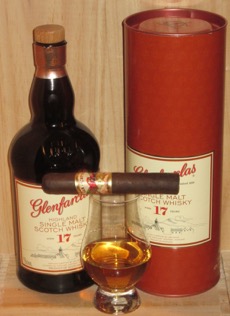 Glanfarclas is an independent distillery, owned by the same family for 150 years. It’s a Speyside distillery that makes a range of single malts, with 10-year and 17-year the most readily available, at least here in the States. They also bottle a 105 cask-strength variety, of which I’m a big fan.
Glanfarclas is an independent distillery, owned by the same family for 150 years. It’s a Speyside distillery that makes a range of single malts, with 10-year and 17-year the most readily available, at least here in the States. They also bottle a 105 cask-strength variety, of which I’m a big fan.
The Glenfarclas 17 is bottled at 86-proof and sells for around $100 a bottle. It’s a light golden color. (Note that because single malts can have caramel coloring added, color doesn’t mean as much for scotch as it does for straight bourbon or rye, and a light color may only mean coloring wasn’t used.
The nose with sweet toffee and pear serves as a preview of the subtle, classic style of this whiskey. The Glenfarclas 17 coats the palate with a rich combination of creaminess, sherried fruit, orange peel, toffee, and clove. There’s a bit of smokiness and just a wisp of peat. The finish is light with oak and brown sugar.
I’m just guessing here, but I wouldn’t be surprised if this is a combination of sherry cask and bourbon cask whisky, as the sherry is evident, but subtle. The whisky seems to grow in complexity as you drink it. It’s hard to suggest that Glenfarclas 17 is anything but delicious, subtle, and approachable.
For a cigar pairing, you’ll want a cigar that’s not so overpowering as to overwhelm the delicate aspects of this single malt. Go with a Fuente Chateau, Tatuaje Black, Illusione Epernay, or a well-aged Cuban Trinidad.
I’m not one to recommend turning a bourbon drinker into a scotch drinker, as you’ll always find better value in American whiskey, but for bourbon drinkers branching out into single malt, Glenfarclas is an excellent place to start. That said, before you buy this, try the 10-year, which is also excellent but only half the price. But if you like the 10-year and want to see the complexity that additional age can add, I very much recommend Glenfarclas 17, even if my own preference is slightly for the cask-strength 105 variety.
photo credit: Stogie Guys

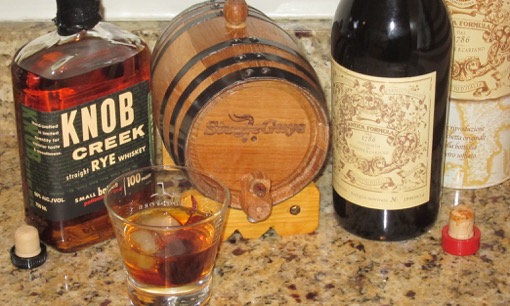
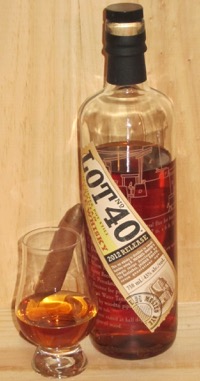 Fortunately, Canadian whiskey makers have started to see the potential for selling more expressive offerings, many of which are in the same class as good Kentucky or Indiana straight rye. Three stealth Canadian ryes (they don’t play up their Canadian roots) are
Fortunately, Canadian whiskey makers have started to see the potential for selling more expressive offerings, many of which are in the same class as good Kentucky or Indiana straight rye. Three stealth Canadian ryes (they don’t play up their Canadian roots) are 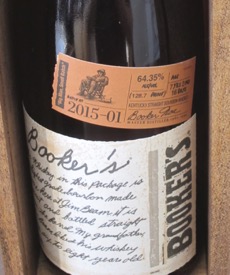 Last month Beam announced a “new collection” of limited edition Booker’s releases, the first of which would be called “
Last month Beam announced a “new collection” of limited edition Booker’s releases, the first of which would be called “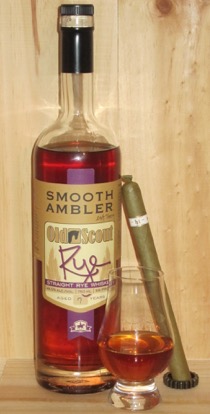 While some of the companies that sell MPGI products obscure the source, MPG Ingredients, as the former Seagram’s distillery is now known, is very upfront about what it offers. Aside from its 95% rye mashbill, it has recently added two additional rye recipes with lesser rye contents.
While some of the companies that sell MPGI products obscure the source, MPG Ingredients, as the former Seagram’s distillery is now known, is very upfront about what it offers. Aside from its 95% rye mashbill, it has recently added two additional rye recipes with lesser rye contents.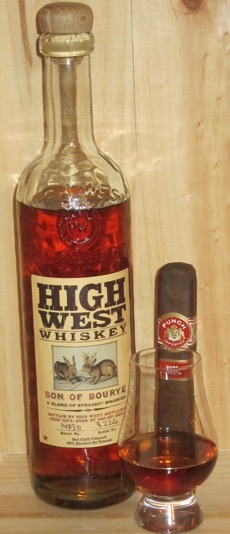 A quick note on terms for American whiskey: Bourye has no legal meaning. Federal regulations have strict definitions about what certain terms mean, so although a combination of straight bourbon whiskeys can still be straight bourbon (and multiple straight ryes still can be called straight rye), a combination of straight rye and straight bourbon cannot be called straight whiskey, even if it is (as High West calls says on the bottle) “a blend of straight whiskies.”
A quick note on terms for American whiskey: Bourye has no legal meaning. Federal regulations have strict definitions about what certain terms mean, so although a combination of straight bourbon whiskeys can still be straight bourbon (and multiple straight ryes still can be called straight rye), a combination of straight rye and straight bourbon cannot be called straight whiskey, even if it is (as High West calls says on the bottle) “a blend of straight whiskies.”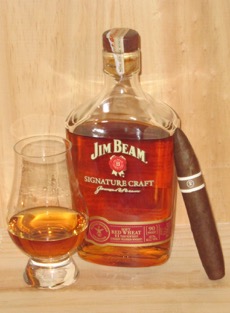 What’s most notable about Red Wheat is the mashbill which, unlike every other Beam bourbon to date, uses wheat instead of rye, along with corn and malt barley. And the 11-year age statement makes it considerably older than every other current Beam offering except its recent 12 Year Signature Craft.
What’s most notable about Red Wheat is the mashbill which, unlike every other Beam bourbon to date, uses wheat instead of rye, along with corn and malt barley. And the 11-year age statement makes it considerably older than every other current Beam offering except its recent 12 Year Signature Craft. Patrick Ashby
Co-Founder & Editor in Chief
Patrick Ashby
Co-Founder & Editor in Chief Patrick Semmens
Co-Founder & Publisher
Patrick Semmens
Co-Founder & Publisher George Edmonson
Tampa Bureau Chief
George Edmonson
Tampa Bureau Chief